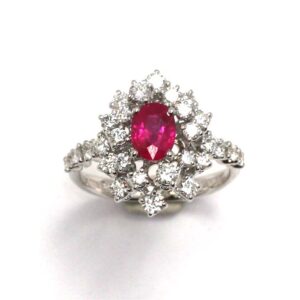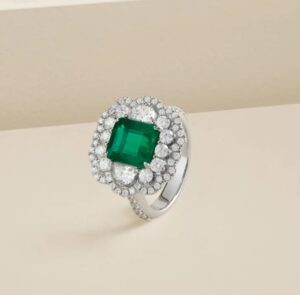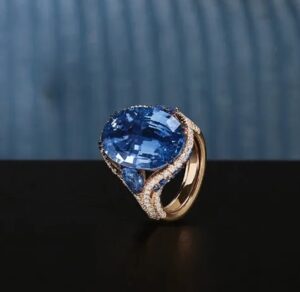Sapphire is a gemstone known for its beauty and value. Belonging to the corundum family, sapphire is the brother of the ruby and comes in a wide range of colors ranging from deep blue to pink, from yellow to green and purple. The blue sapphire is the most famous and in demand, due to its regal allure and its association with fidelity and sincerity.
The name “sapphire” comes from the Latin “sapphirus” and the Greek “sappheiros”, both referring to the blue color of the sky. This stone has been appreciated since ancient times, so much so that in the Middle Ages blue sapphire was used to decorate the robes of monks and nobles, as it was believed to have protective and healing properties.
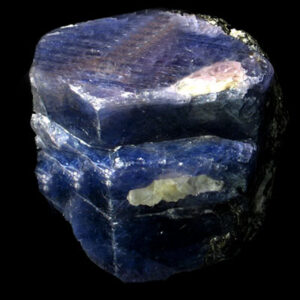
Sapphires are formed in the depths of the Earth in conditions of high pressure and temperature, due to processes of magmatic and metamorphic origin.
Deposits
Sapphire is found in many parts of the world, but the most important deposits are found in Asia (in particular Sri Lanka, Myanmar and Thailand), in Australia, in Africa (in particular Madagascar and Tanzania) and in America (in particular Montana and North Carolina). Sapphire is mainly mined from alluvial and seam deposits, and its production largely depends on the economic and political conditions of the countries where it is mined.
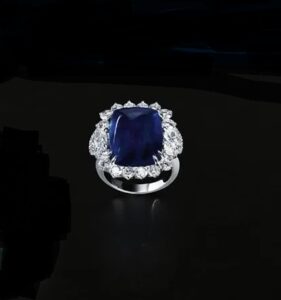

Color
Sapphire comes in different shades of color, but the most popular is the intense blue, which can vary from dark blue to blue-green.
Cut
To bring out the colors of the sapphire, several cut shapes are available, including the oval cut, heart cut, cushion cut, and pear cut. However, the most common cut for sapphire is the brilliant cut, which emphasizes the brilliance of the stone.


Features
Sapphire is a very hard stone, ranked second on the Mohs scale, surpassed only by diamond. Its hardness makes it resistant to scratches and impacts, making it ideal for use in jewellery. This gemstone comes in different shades of color, but the most popular is the intense blue one, which can vary from dark blue to blue-green.
Treatments
Sapphire can be heat treated to enhance its color and clarity. This treatment is commonly accepted in the jewelery industry, provided it is carried out adequately and transparently. Other treatments, such as resin filling or artificial coloring, are considered unethical and are not accepted.
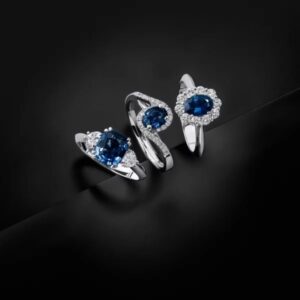

Cure
When it comes to caring for sapphire jewelry, it’s important to avoid exposing it to harsh chemicals such as detergents, perfumes, and hair sprays, as these substances can damage the stone. Furthermore, it is important to clean the jewel regularly with water and neutral soap and have it checked at least once a year by an expert, in order to guarantee maximum beauty and duration.
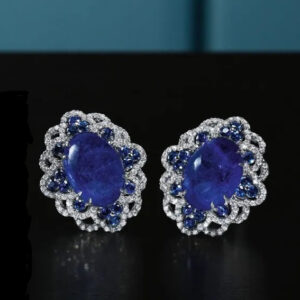
In our specialized laboratory, you will find professionals who are experts in the care of sapphire jewellery. We carry out checks and technical verifications, cleaning and repairs to preserve the appearance and beauty of your jewel.
In conclusion, to keep your jewelery looking its best and shining like new, follow the care advice described above and don’t forget to have your jewelery checked regularly by a professional. Contact us for a quality service and to preserve the beauty of your jewel in the long term.
